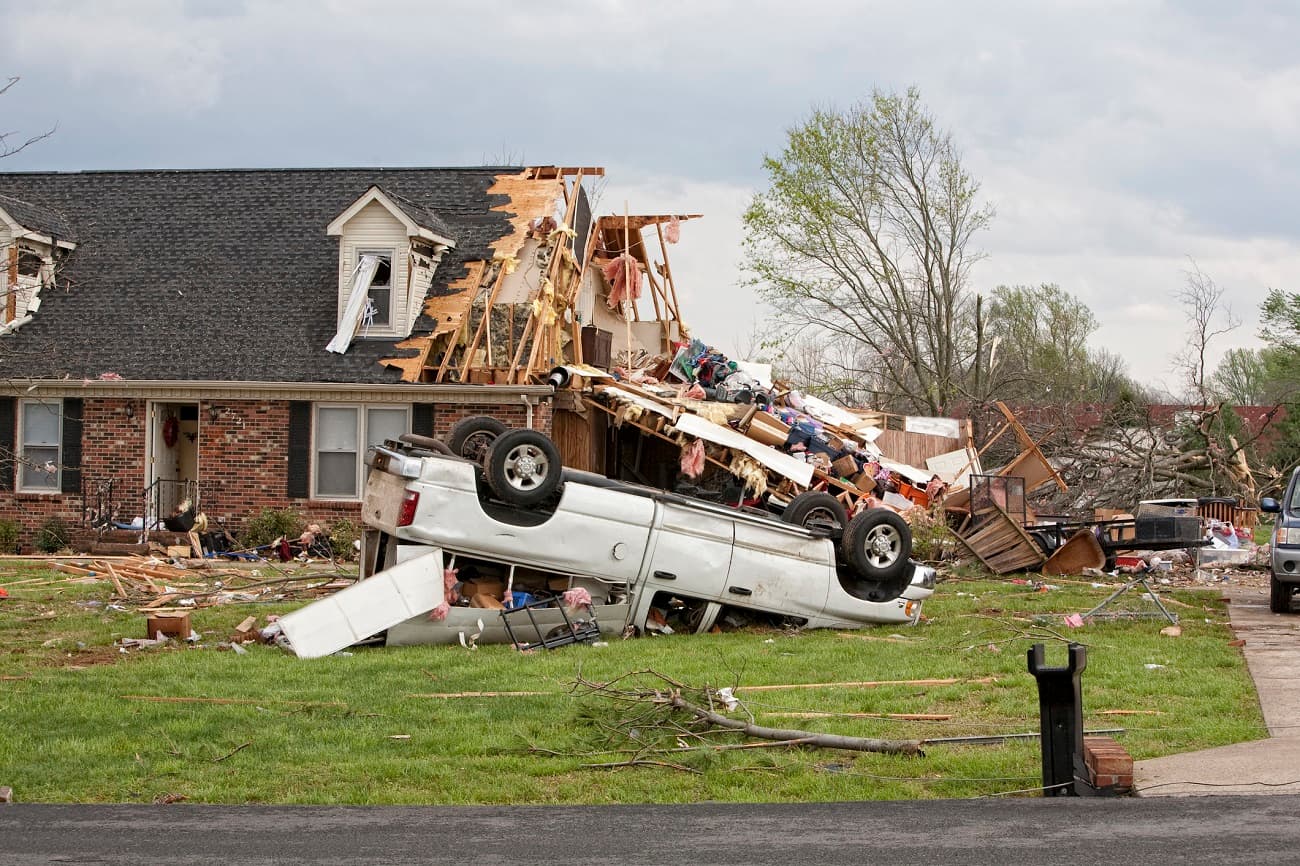Downloadpdf (PDF: 355 KB)
On May 16, 2022, Realtor.com® announced listings will now include wildfire risk data at the individual property level, including insights into U.S. Department of Agriculture Forest Service wildfire risk assessments and a new Fire Factor™ feature. With this integration, consumers now have access to hard-to-find information about wildfire risk and can explore interactive maps when viewing individual properties. You can also find information on riskfactor.com.
Fire Factor™ supports NAR policy to provide more accurate natural hazard mapping with full transparency and disclosure. Because Forest Service wildfire maps do not offer property-level information, many consumers have been buying homes before learning of the risk, increasing the potential for lawsuits and undermining confidence in home purchases. Fire Factor™ can help by providing consumers with credible wildfire risk tools while filling in the information gaps about wildfires and property risk.
If you receive Fire Factor™ questions from your clients:
- You can explain that real estate professionals are a source of property information, not wildfire experts.
- You can help identify insurance agents, home inspectors, and other local fire risk professionals to answer property-specific questions and identify options to mitigate risk.
- You can also share that a growing number of people are living where wildfires are a real risk, including in many unexpected areas of the country like Florida.
- Risk ratings on Realtor.com® are credible diagnostic tools that can help detect high-risk homes, but they should not be regarded as proof that a wildfire will impact a property.
- As always, avoid making statements beyond your license and training or discouraging customers from considering wildfire data or insurance.
- For property-specific issues, clients should consult a qualified professional, such as a local fire expert, to learn more about how to best protect the home.
- Consumers may also submit more specific questions to the Realtor.com® customer care team at firefeedback@realtor.com.
NAR has developed a detailed set of Frequently Asked Questions (FAQs) below, including how to talk with consumers about wildfire risk data.









